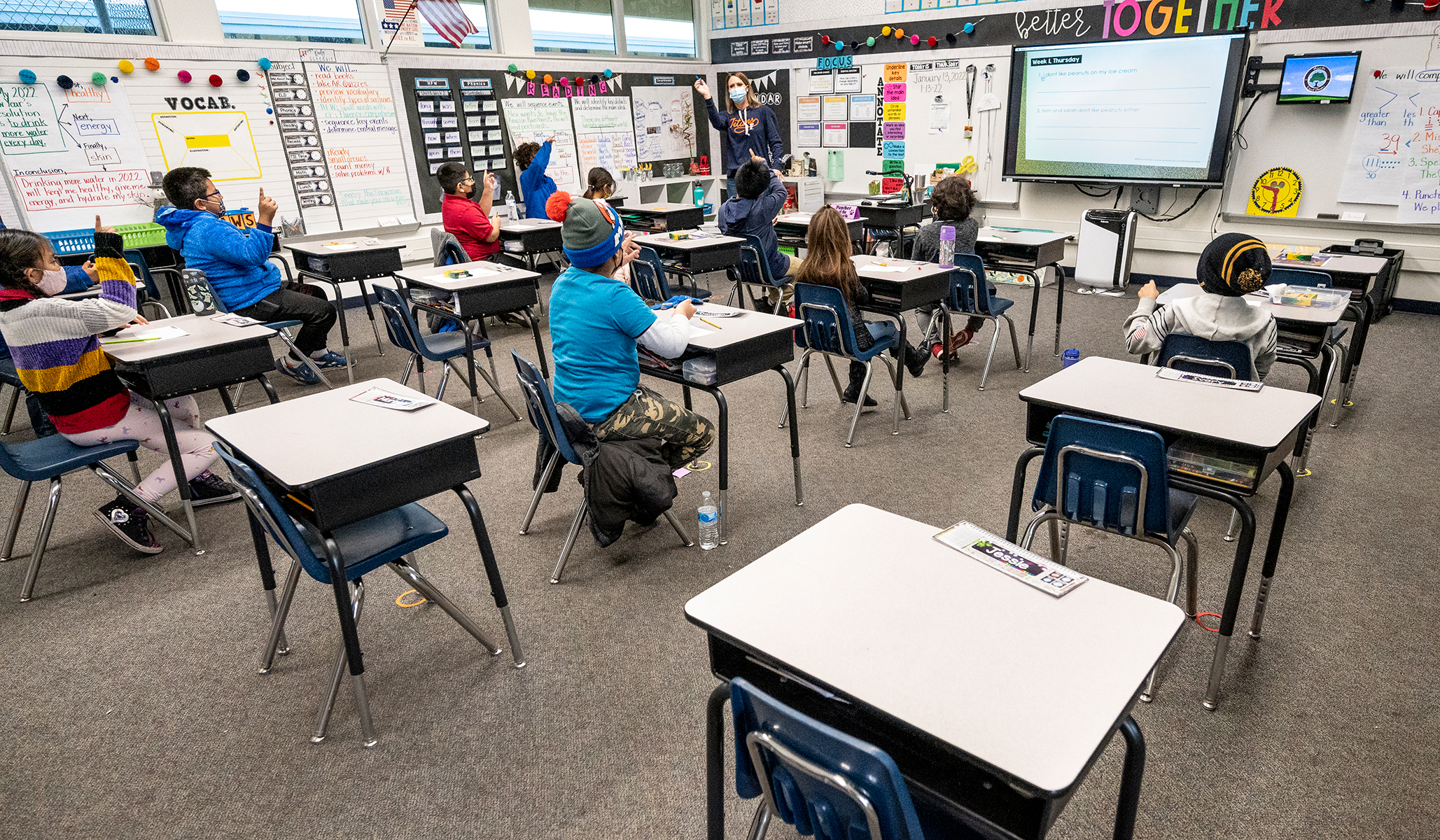


NRPLUS MEMBER ARTICLE S ummertime means that most schools across the country are empty, by design. But recently, many students across the country have functionally just stopped showing up to school during the school year. Chronic absenteeism, generally defined as missing 10 percent of school days in a year, has long been a problem plaguing American education, but after the pandemic, this malady has turned septic.
In my own state, the rate of absenteeism nearly doubled since the pandemic, from 12.9 to 22.7 percent. Some districts, such as Milwaukee public schools, are seeing rates as high as 58 percent. At the high-school level, 26 percent of students missed a month or more of school.
This trend is national. The Institute of Education Science found that chronic absenteeism had increased by roughly 70 percent in every demographic, locality, and age level. One estimate puts the total number of chronically absent students at 16 million — a jump from 8 million before the pandemic.
I experienced such truancy myself this last year. On any given winter day, any teacher can expect a few students to miss out because of a cold or the flu. But with some frequency this year, I’d ask my students if they knew where their absent classmates were, and the response came back, “They didn’t feel like coming today.” On rainy or snowy days, I knew even before students entered the building that my attendance would be low. More students than ever saw the weather and felt no need to get out of bed.
Should we be surprised? For over a year, school buildings explicitly communicated to families that attendance wasn’t necessary. We ruptured the belief that children ought to attend school. We halted the almost national ritual of children rising in the morning, shoveling some cereal into their mouths, and hustling out to catch the yellow bus.
Habits are more robust affairs than mere chewed nails or vocal tics. Rather, approximately 45 percent of our daily actions are, in a sense, habitual. I do not consider the ethical considerations of brewing my morning coffee every day or ponder the efficiency of preparing my daughter’s lunch every evening. “Without habits,” reads one review, “people would be doomed to plan, consciously guide, and monitor every action.”
We form routines and occasionally alter them, but our lives largely function on habit. They are as much dispositions and customs — formed at times quite consciously or as traditions that we merely adopt — as they are nervous tics. For generations, we had a national habit of school attendance. And we broke that habit.
The consequences won’t be surprising. Attendance is one of the best predictors of everything from third-grade reading scores to high-school graduation. If kids don’t show up, they don’t learn. What’s more, truancy sets back students from poor homes even more than it does their affluent peers. Phrased differently, school attendance matters more for disadvantaged children, the very students with the highest absentee rates right now.
As always, data can’t quite demonstrate what this all really means on the ground. Students miss a few days, so they miss a few chapters of the class book or a foundational lesson in math. They return to school and can’t grasp the reading for the day because they don’t know the characters or can’t follow the math lessons since they don’t have a basic skill. They grow disconnected from teachers and students. Eventually, they stop coming.
I watched that scenario play out a number of times this year. In one case, another student told me about a drug habit that the truant student had developed and was gloating about on social media. In another case, the truant student showed up in our newspaper missing. She was found, but malaise and listlessness had consumed both of these students’ lives. School absence wasn’t a first cause, by any means, but it exacerbated the problem and could have provided a much-needed sense of routine, structure, and purpose to their lives.
Before the pandemic, there were various policies that could improve attendance rates: incentive systems, increased communication with parents, or intentionally pairing truant students with teacher mentors.
But the fundamental reasons for these absences are different now than before the pandemic. Pre-pandemic, some students struggled with rides to school or strung-out parents. During the pandemic, though, every student in America lost the unquestioned habit of school attendance. When faced with the decision to reinstitute this routine, more and more students are hearing their alarms go off and consciously deciding that it’s just not worth it.
While the nation has been busy — at times quite rightly — yelling about politicized classroom and “learning loss,” this issue of absenteeism has gone largely overlooked. The policy prescriptions are frustratingly unclear, and they include years of regaining trust in America’s educational institutions. But the alternative is to let not just America’s students but also its future take a permanent vacation.
